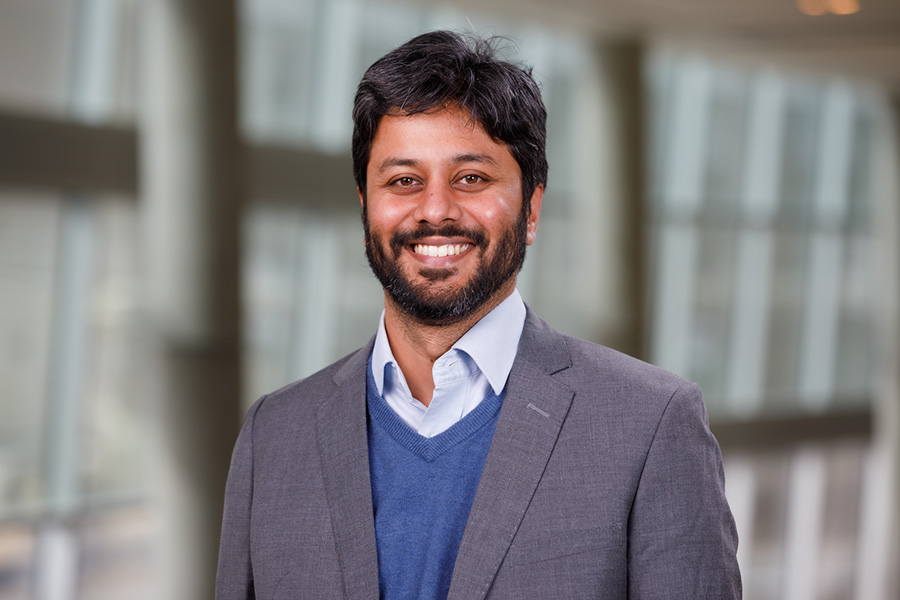Subu Ramanathan, PhD

Dr. Ramanathan is a biophysicist interested in the rules of biological self-assembly. The overarching goal of the lab is to understand the fundamental principles that allow biomolecules and cells to generate and maintain stereotypical form. Their most significant scientific discoveries so far relate to how:
- Large variations in cell size, a phenomenon commonly observed in several types of cancers, can disperse epithelial cells within tissue layers.
- Human cells elevate their stiffness to displace the neighboring environment and divide
Overall, our work has practical applications in promoting an understanding of how the morphology and growth of biological tissue can go awry and potentially lead to diseases like cancer.
- Post-doc, Epithelial Cell Biology, Stowers Institute, USA
- PhD, Cell Biology & Biophysics, ETH Zurich, Switzerland
Over 3000 years ago, the Egyptians recognized that tumors were stiffer and sought to remove them with a ‘Fire Drill’. To this day, clinicians still identify cancers by feeling the rigidity of ‘lumps’ in tissues and looking for abnormal cell shape and size. Nevertheless, how such dramatic changes to the physical properties of cells impact disease progression is mostly unknown.
Dr. Ramanathan's lab has ongoing projects relate to understanding: 1) The consequences of deviating from their normal shape in a confined tumor environment and 2) The role of abnormal cell growth in tissue disorganization. We use a combination of sophisticated genetics, superresolution microscopy, and cutting-edge force measurement techniques to interrogate how deviating from healthy cell shape, size, and stiffness can impact biological function and disease progression.
- Ramanathan S. P., M. Krajnc, and M. C. Gibson. Cell size pleomorphism drives aberrant clone dispersal in proliferating epithelia. Developmental Cell. 2019. 51 (1):49-61.
(Reviewed in ‘Epithelial Morphogenesis: Size Matters’ by Barry J. Thompson. Developmental Cell (2019), 51, (1): 2-3. Featured on the cover page of Developmental Cell on October 7, 2019.) - Ramanathan S. P., J. Helenius, M. P. Stewart, C. J. Cattin, A.A. Hyman, and D. J. Muller. Cdk1-Dependent Mitotic Enrichment of Cortical Myosin II Promotes Cell Rounding Against Confinement. Nature Cell Biology. 2015. 17 (2):148-159.
(Featured on the cover page of Nature Reviews Physics on November 01, 2018.) - Stewart, M.P., J. Helenius, Y. Toyoda, S. P. Ramanathan, D.J. Muller, and A.A. Hyman. Hydrostatic Pressure and the Actomyosin Cortex Drive Mitotic Cell Rounding. Nature 2011, 469 (7329):226-230.
985805 Nebraska Medical Center
Omaha, NE 68198-5805